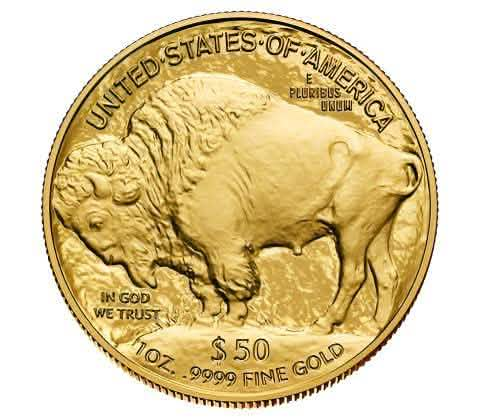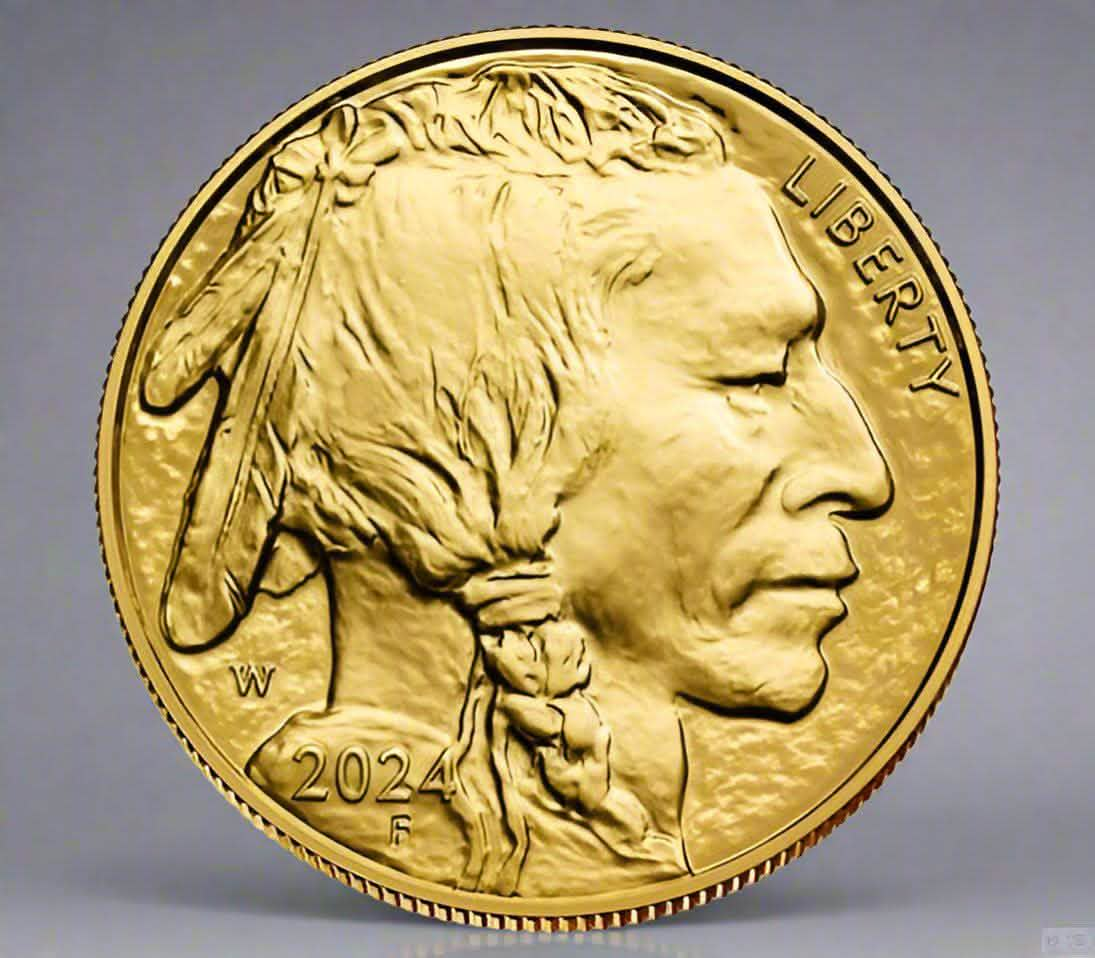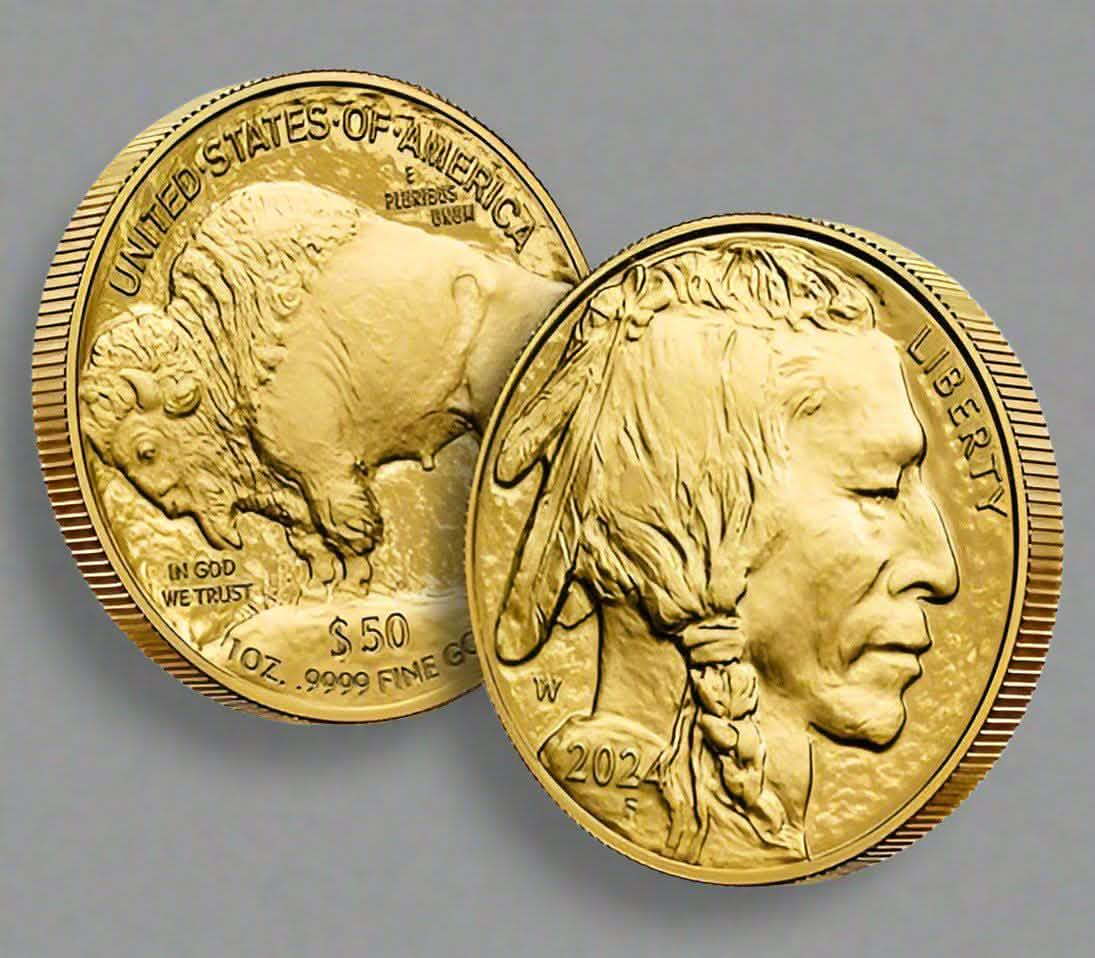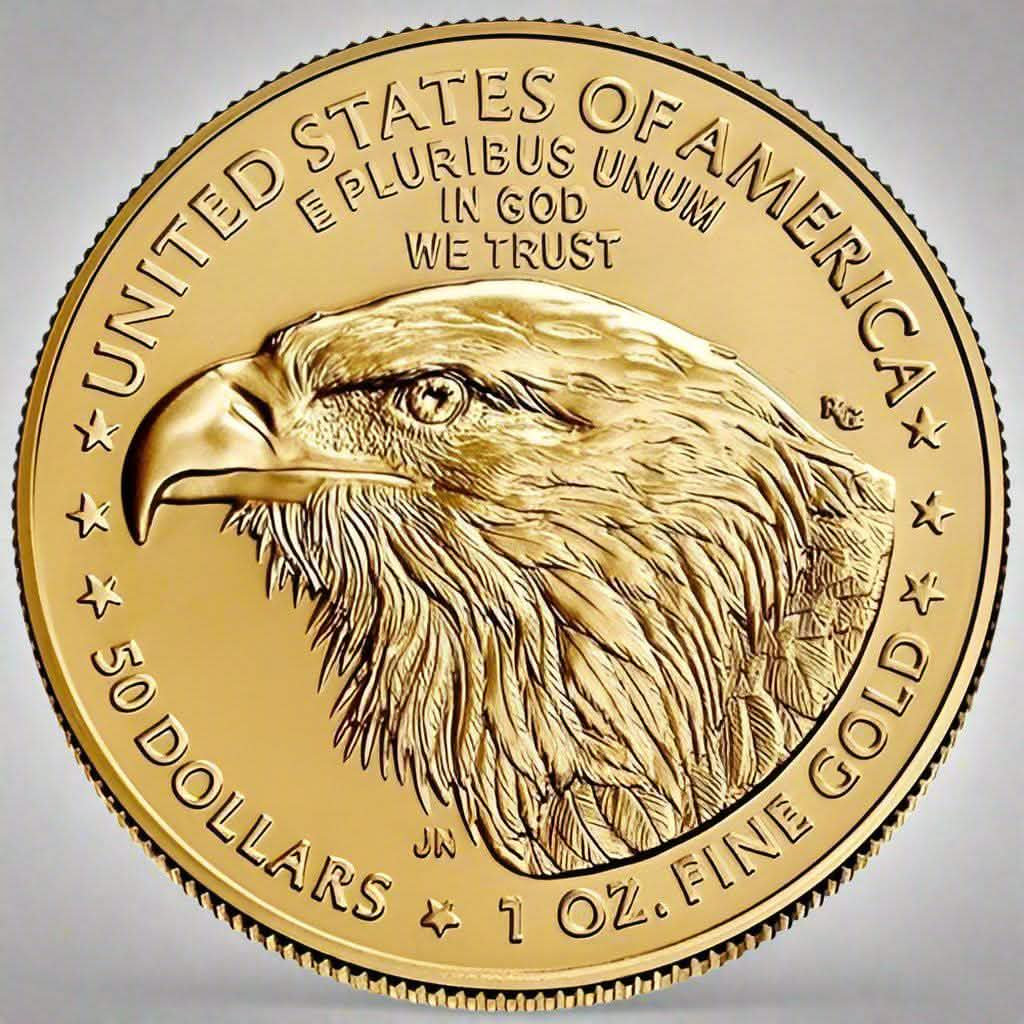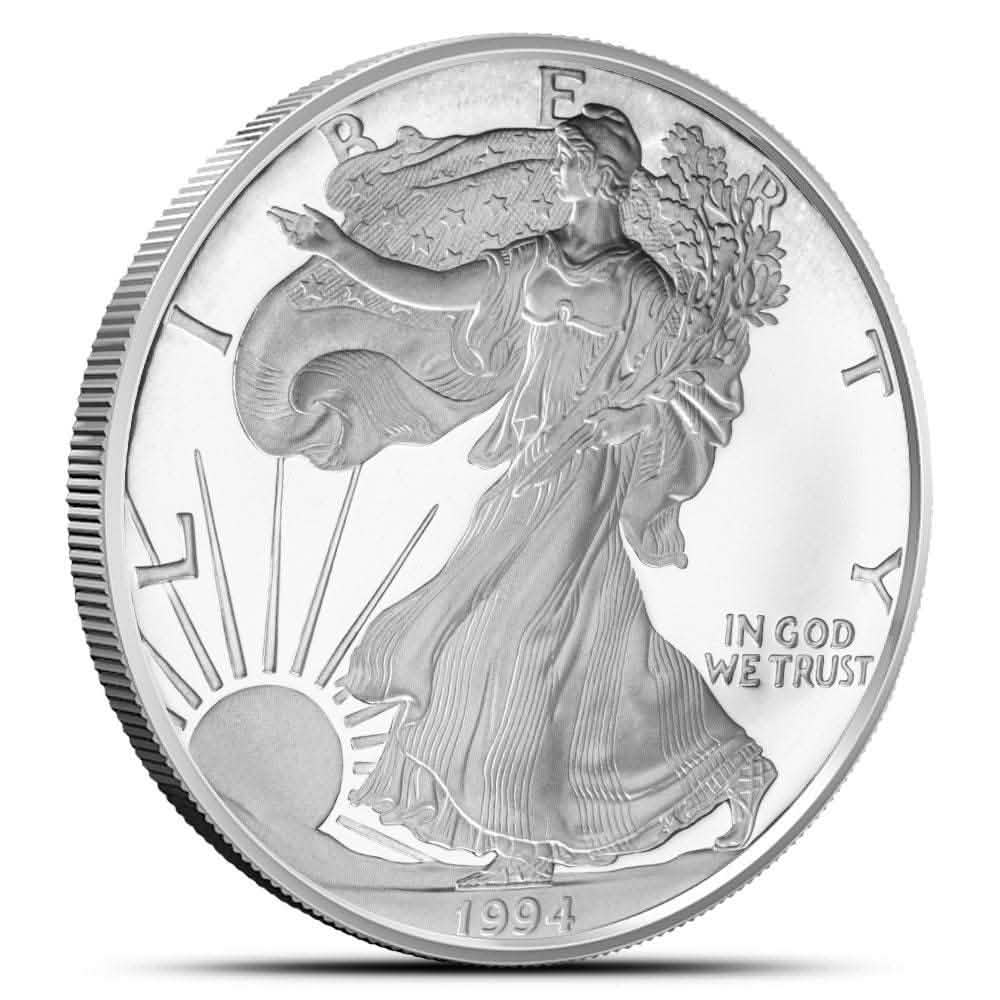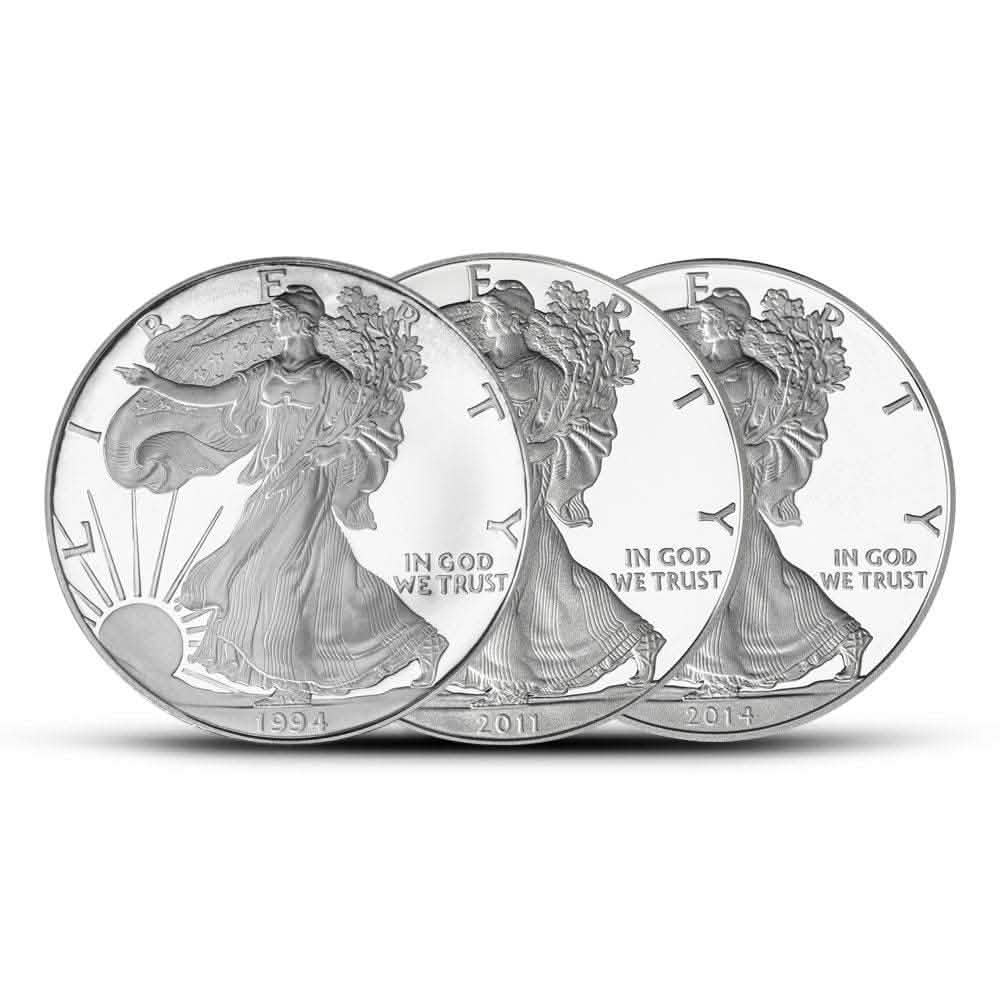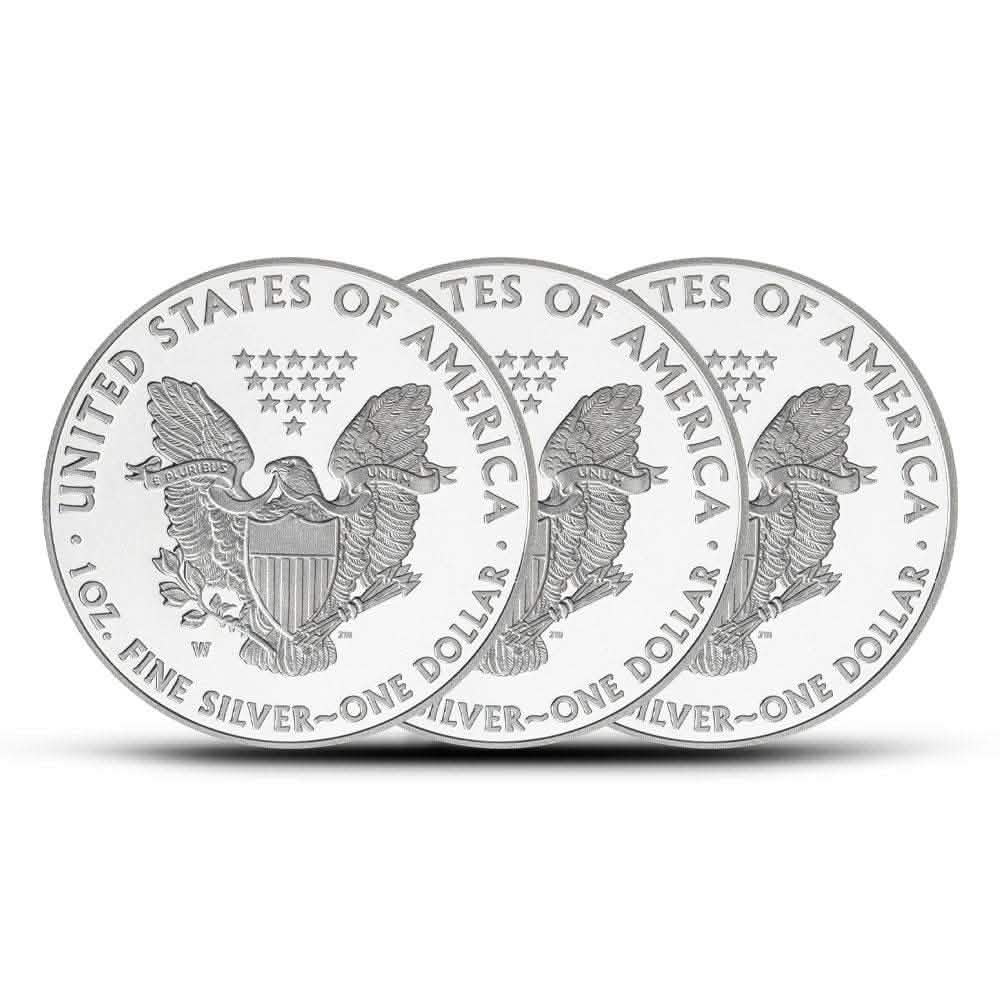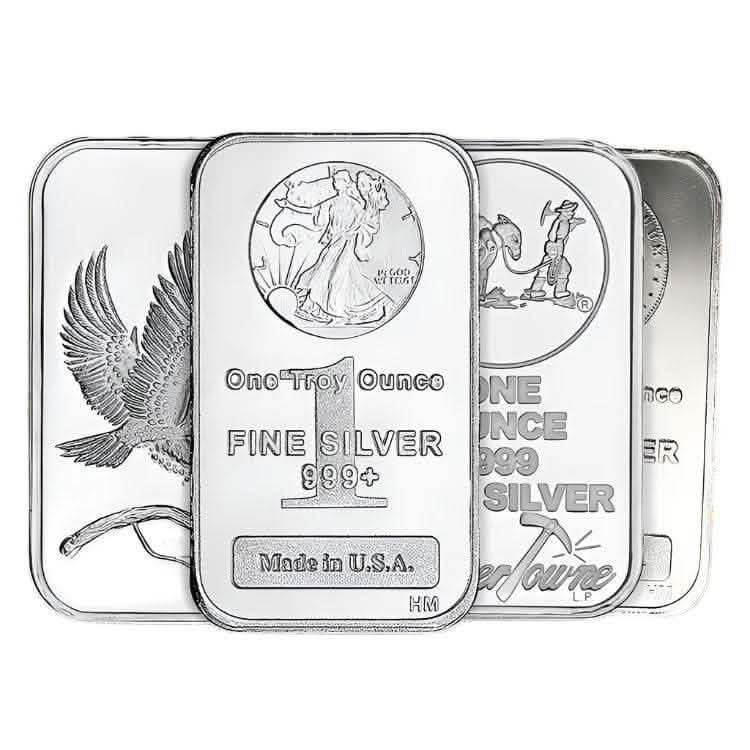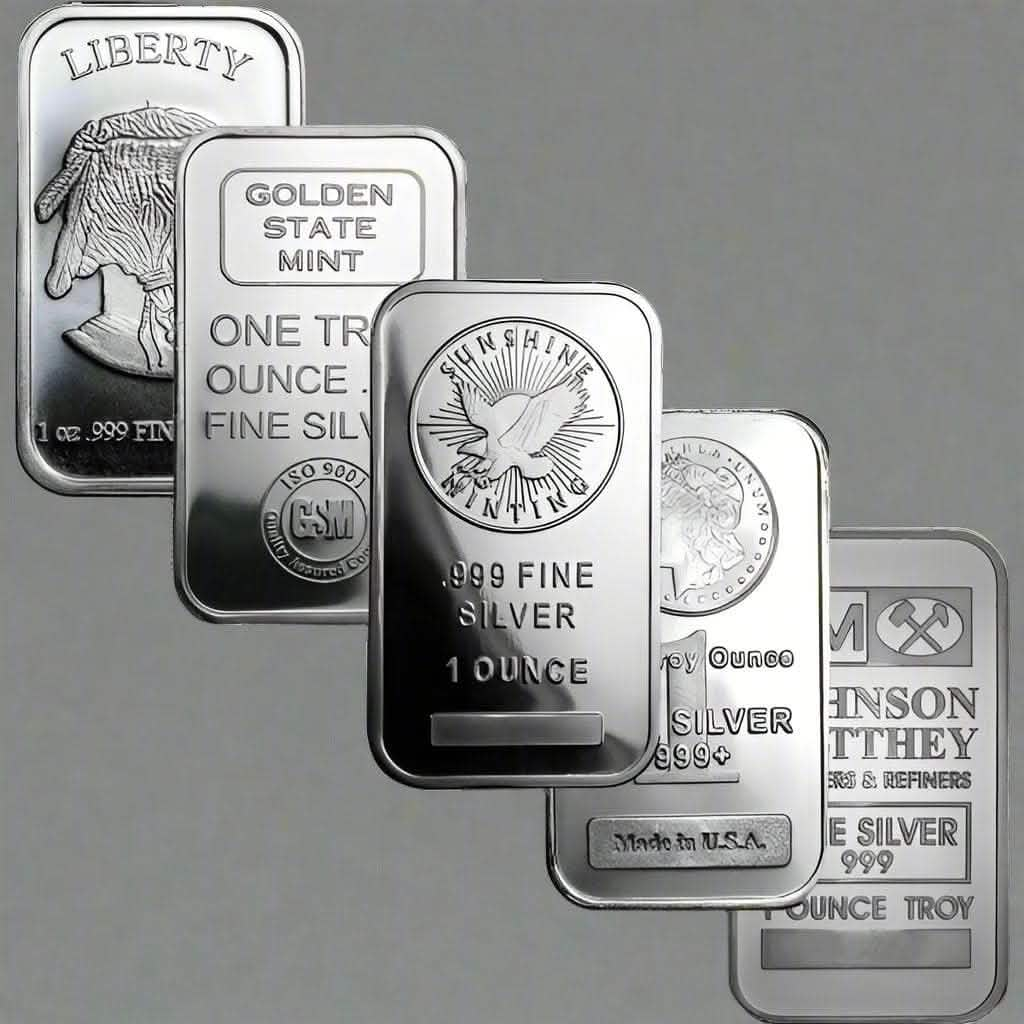Gold has always been significant in the global economy, seen as a valuable commodity and a reliable safeguard against uncertainty. Historically, it has represented wealth, security, and resilience during turbulent times. In the present, as the world faces financial difficulties and geopolitical conflicts, gold is back in focus, with its price rising rapidly.
This blog will dissect the reasons behind the recent gold price surge, explore its implications across industries, and shed light on the future of this coveted asset. Whether you’re an investor, financial analyst, or simply curious about the dynamics driving gold prices, this post will unpack everything you need to know.
Gold's Historic Role as a Store of Value
For centuries, gold has been viewed as a reliable store of value. Gold offers intrinsic worth, unlike paper currencies, which can be devalued by inflation or poor monetary policies. It was first used as currency over 3,000 years ago and remains a trusted asset that sustains its value through financial upheavals.
Gold typically shines as a "safe-haven" asset during economic distress or market instability. Therefore, it has historically been one of the first assets investors turn to when global markets face turbulence.
The Recent Gold Price Surge
Gold prices have been making headlines, reaching impressive heights over the past few years. According to the World Gold Council, they rose over 20% in the past year alone, hitting a seven-year high in August 2020. During the second quarter of 2020, global demand for gold surged to 1,131 tons—a 6% annual increase—largely driven by investment demand.
Gold's recent performance is particularly noteworthy compared to other asset classes. While stocks faltered and bonds offered lower yields amid economic uncertainty, gold prices soared, affirming its reputation as a secure and profitable investment.
What’s Driving the Gold Price Surge?
Several interconnected factors are contributing to the sharp rise in gold prices. Below, we examine the key forces at play.
1. Economic Uncertainty
Global economic instability has been a primary driver of the gold price surge. Events like the COVID-19 pandemic have shaken economies to their core, leaving investors searching for assets that can weather the storm.
"The recent surge in gold prices reflects a flight to safety by investors amidst growing economic uncertainty," notes John Doe, the Chief Economist at Global Finance Insights. This sentiment echoes historical trends, where gold prices have risen dramatically during previous economic downturns, such as the 2008 financial crisis.
2. Geopolitical Tensions
Geopolitical tensions, from trade wars to military conflicts, have added another layer of uncertainty to global markets. Events like the ongoing disputes between the U.S. and China or political upheavals in energy-producing regions tend to drive investors toward gold.
"Geopolitical tensions and the impact of the COVID-19 pandemic have significantly contributed to the demand for gold as a hedge against inflation and currency devaluation," explains Jane Smith, Senior Analyst at Precious Metal Analytics.
3. COVID-19 Pandemic
The pandemic rewired financial markets, forcing businesses, investors, and policymakers to pivot dramatically. To stabilize their economies, central banks resorted to massive stimulus packages and lower interest rates, which had a ripple effect on asset returns.
Gold thrived in this environment. According to Bloomberg Markets, inflows into gold ETFs surged during 2020 as investors sought protection from risks tied to inflation and a weakening U.S. dollar.
4. Inflation Concerns
Concerns about higher inflation have also contributed. Large-scale government borrowing, quantitative easing, and fiscal stimulus measures have stirred fears of reduced purchasing power. Gold is a natural hedge against inflation, making it more appealing to investors seeking stability during monetary expansion.
How Investors and Analysts View Gold
Investor attitudes toward gold remain overwhelmingly positive. "The future of gold prices will depend on how the global economic recovery unfolds and the trajectory of government policies in response to the pandemic," says Michael Johnson, an Investment Strategist at Wealth Management Solutions.
For many, gold isn't just a haven—it's a strategy for portfolio diversification. Alex Lee, Director of Commodities Trading at International Finance Group, observes, "As an investment, gold remains attractive in the current environment, offering both portfolio diversification and a reliable store of value."
Implications of Rising Gold Prices
The gold price surge is having ripple effects across various sectors, going beyond investments.
1. Mining Industry
Higher gold prices have reignited interest in gold mining. Miners are scaling up production, which may create jobs in this sector. However, the increased demand has also raised concerns over sustainable mining practices and environmental impacts.
2. Jewelry Market
While gold remains an essential material in jewelry design, rising prices have led to changes in consumer behavior. Some buyers opt for alternative metals to save on costs, while others purchase smaller, more affordable gold pieces.
3. Technology Sector
Gold is widely used in electronics due to its excellent conductivity. With rising prices, manufacturers might look for substitutes to reduce costs, potentially impacting the demand for gold in tech-related applications.
What’s Next for Gold Prices?
While no one has a crystal ball, specific trends can guide predictions. If economic recovery remains sluggish and inflationary pressures persist, gold may continue to rise in value. However, renewed strength in the global economy or increasing interest rates could temper its growth.
Experts advise gauging future movements in gold prices by monitoring government policies, inflation data, and investor sentiment. Diversifying your portfolio remains key, ensuring you're not overly reliant on a single asset class, no matter how resilient or profitable it appears.
How to Stay Ahead
The surge in gold prices underscores the importance of tracking macroeconomic trends and diversifying your investments. Whether you're an individual investor or part of a broader financial organization, staying informed can be transformational.
For more insights into market dynamics or to explore investment strategies, continue reading our blog. We regularly decode complex financial topics for savvy readers.
